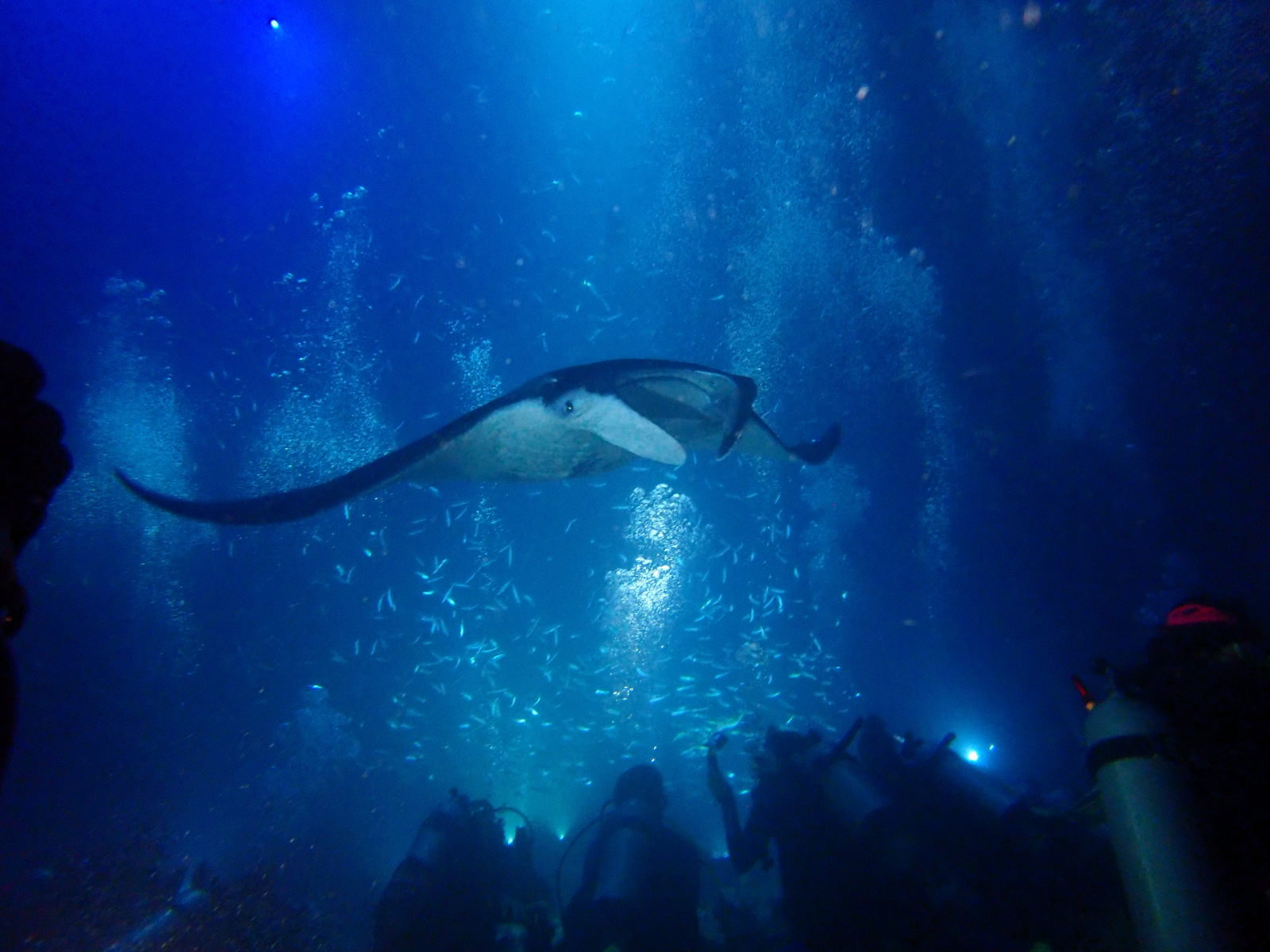Rays are easy to identify, for the most part. Their pectoral fins have expanded to become "wings" that propell the ray through the water. Like sharks, rays don't have bones but have a skeletal structure made of cartilage. Many rays do have a stinger in their tails, which should be avoided.




